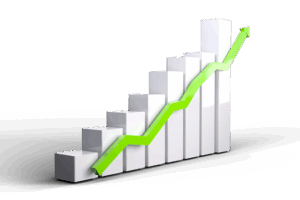Leverage trading is a powerful tool for amplifying investment returns, allowing traders to control larger positions with borrowed funds from brokers. While it enables participation in volatile markets and opens new opportunities, it also carries significant risks as small price movements can greatly impact account balances. New or inexperienced investors should exercise caution, as effective leverage trading requires robust risk management skills and a deep understanding of market dynamics. In today's digital age, mastering this strategy is essential for navigating financial markets successfully.
In today’s dynamic financial landscape, leveraging trading offers both significant advantages and inherent risks. This article delves into the intricacies of leverage trading, providing a comprehensive guide on its definition, impact, and strategic application. We explore how market analysis plays a pivotal role in identifying profitable trends while news events significantly influence stock markets. Learn essential factors to consider before leveraging your trades and discover successful strategies for capitalizing on news-driven trends.
Understanding Leverage Trading: Benefits and Risks
Leverage trading is a powerful tool that allows investors to amplify their potential returns by borrowing funds from brokers. This strategy can significantly impact trading trends, especially in volatile markets where prices fluctuate rapidly. The benefits are clear: with leverage, traders can control larger positions with less capital, potentially leading to higher profits if the market moves in their favor. It enables folks to participate in the market and explore opportunities that may have been previously out of reach.
However, as with any tool, there are risks associated with leverage trading. The potential for losses is magnified; a small price movement against the trader’s position can result in substantial negative impacts on their account balance. This strategy is not suitable for every investor; those new to the market or lacking risk management skills should exercise caution. In today’s digital era, understanding leverage trading and its implications is crucial for navigating the financial markets effectively.
– Definition of leverage trading
Leverage trading is a powerful strategy where investors utilize borrowed capital, often from brokers, to increase their purchasing power in the market. This allows traders to buy more assets than they could with their initial investment, amplifying both potential gains and losses. In essence, it’s a way to maximize profits by betting on the direction of a security’s price movement. Leverage can be applied to various financial instruments such as stocks, commodities, currencies, and cryptocurrencies.
While leverage trading offers the prospect of significant returns, it also comes with heightened risk. The higher the level of leverage, the greater the impact of even minor price fluctuations on the trader’s account balance. This inherent volatility means that successful leverage trading requires a deep understanding of market dynamics, meticulous risk management, and well-defined exit strategies to mitigate potential losses.
Leverage trading, while offering significant potential gains, comes with inherent risks. By understanding the benefits and carefully managing risk, investors can effectively utilize market analysis and news impact to navigate trading trends. Staying informed and adopting a disciplined approach are key to leveraging this strategy successfully in today’s dynamic financial markets.
